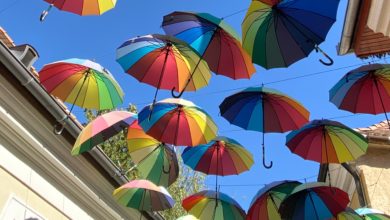The Fable Master – Interview with editor and literary critic Boldizsár M. Nagy
Once upon a time there was a little boy in a tiny village who loved when his mother told him fairy tales. However, he found that none of the tales were about him or his mates. But he did not give up. As an adult, he studied fairy tales, researched gender issues and feminism, immersed himself in queer theory, while also translating and editing a number of books. Finally, he fulfilled his childhood dream by publishing a book entitled Meseország mindenkié (‘Wonderland Belongs to Everyone’), which was even shredded by an evil witch. The fable master has been creating and telling tales ever since, reaching newer and newer milestones in a land not so far away.
I have asked Boldizsár M. Nagy about his life, and about the problematic issues and deficiencies of classic children’s tales. We talked about the faulty, conservative Hungarian points of view, the book market and folk tales, but I also found out that there is such a thing in Hungary as a Roma coming out.
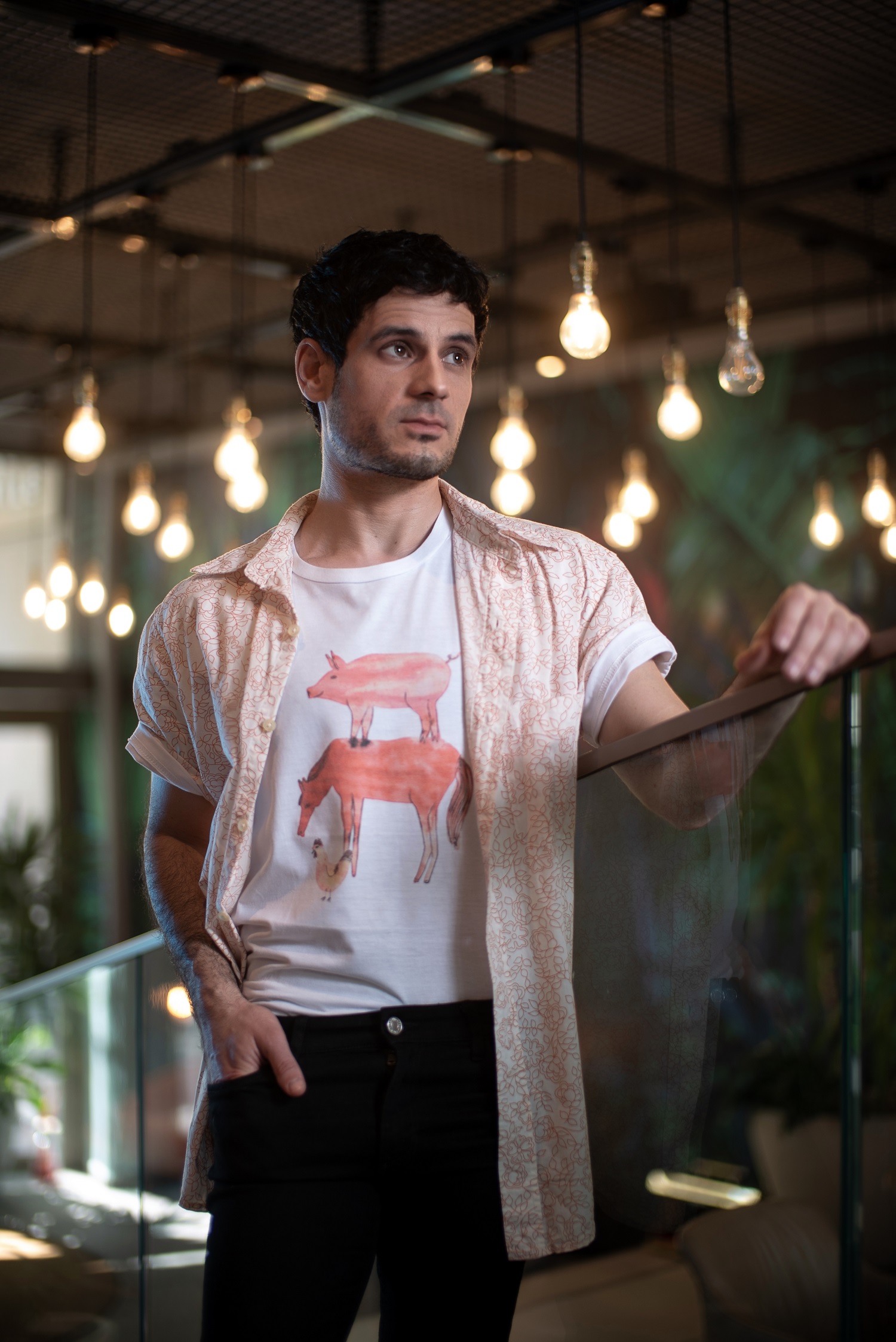
You started studying children’s literature very early on. Where did the idea come from?
I felt a little lost in college and didn’t know what to specialize in. Even back then, I loved reading fairy tales and youth books. I was interested in what adults deem important to tell children both in foreign countries and in Hungary, what is the difference, how children’s behavior mimics different cultures and power relations.
That’s why I wanted to study fairy tales. I quickly realized that, unlike in other countries, this is not considered a scientific discipline in Hungary. I discovered that universities abroad offer courses regarding children’s tales and there are plenty of textbooks available. I did some research, travelled to Oxford, did interviews with teachers, went to conferences. There were places where I gave lectures, and that is how I studied. That is how I have found my vocation.
Recently, you have edited a children’s book primarily containing fairy tales about LGBTQ+ characters and other minorities. ‘Wonderland Belongs to Everyone’ became a turning point for many people as they seemingly just discovered how complicated this genre is: how much it matters what and how we communicate to children. Even though we are talking about children’s tales with simple stories told in a simple language, it’s still a very difficult genre.
It makes me very happy that people not only became aware of ‘Wonderland’ and especially its content, but also started to take the tales and their power seriously. It’s really hard to write a fairy tale, especially if someone – as we asked from our authors – reflects on fairy tales or other classics. The folk tales we know have been and are constantly changing: newer versions were born in every age and society, and with the development of printing techniques, different versions spread. Whether they were for or against them, fairy tales have always reflected the dominant views of a given age, and in many cultures, they are not intended for children, but are told to each other by adults. If you flip through an uncensored book compiled by fairy tale collectors, you can see how openly and how often stories reflect on a given social discourse and how much they lack “baby talk”, the beautification of reality, and the concealment of truths. However, when adults write for children, these aspects often come to the fore. Unfortunately, this is how a lot of bad, cautionary, sentimental children’s books are born. A good tale is honest, courageous, and even if it carries some intended message, it presents it an authentic way, not as a direct lesson. So yes, this genre is especially difficult. Many have failed to do it justice.
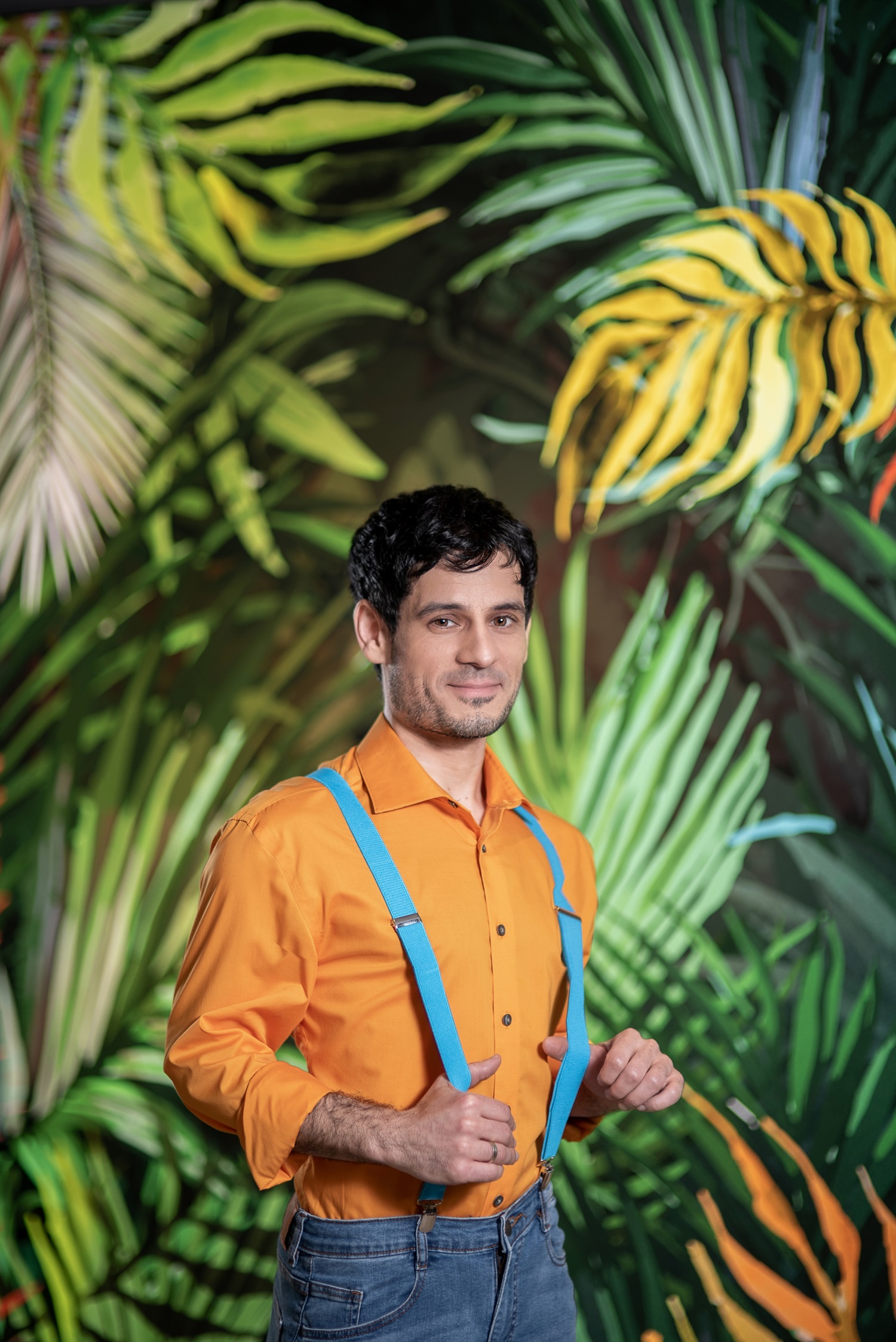
You have also researched queer theory in relation to children’s books. Last year, it came up as an interesting question in public discourse whether it is important to deal with queer theory when it comes to children, because many say that it is simply not necessary before a certain age…
The methodology of queer theory is interesting from the outset. The point is to disassemble our given knowledge a bit. We examine what constitutes ‘otherness’ and why we are afraid to live with it. This fear stems from the inseparable link between otherness and power. Some old child psychology textbooks claim that the development of a child’s ‘innocent soul’ before adolescence is only confused by learning about a non-binary world, and this conservative theory has found its place in children’s literature as well. Adapted to this approach, researchers explained it in retrospect based on tales that were hundreds of years old that even our ancestors knew that it is good for a child to get to know the world through clearly separable pairs of opposites. Good and evil, man and woman, beautiful and ugly, and so on. The roles are strictly defined, and what is outside of this is not to be talked about, only in adolescence. There is no scientific evidence about a child being harmed by knowing the world in its diversity and complexity. However, it is proven that establishing taboos, stigmatization and exclusion can ruin lives – while the privileged retain their power.
You mentioned folk tales, which are perhaps an even more dividing topic in Hungary. For many people, it seems like an offense to criticize the treasured tales of their childhood.
I have often been asked why we ‘defile’ childhood tales. But we need to examine as adults what these folk tales are about, and we need to understand what kind of culture’s imprints they are. Folk tales are encircled by an ‘esoteric mist’ even among fairy-tale scholars, and even the most violent, sexist and racist features of old stories tend to be revered as healing archetypes and immovable symbols of ancient wisdom. For some reason, we also forgive things for tales that are otherwise rejected by majority society: for example, that if a character who is physically weaker, a woman, or of Roma descent, they are regularly beaten in scenes meant to be amusing. Or that almost every positive character is beautiful, blonde, slim, tall, and heterosexual, of course. I believe that many people cling to this idea of the inviolability of fairy tales because it is one of the last areas where nostalgia for the ‘beautiful old world’ of exclusion is still allowed, and supported by “scientific” arguments. It’s horrific to think that we feel this is what kids need.
I will give you my own example: my mom told me fairy tales every night and even made cassettes of the tales she thought were my favorites. But when I try to remember, which one was my favorite, I have to realize that I didn’t really like any of them. What I actually loved that my mom was reading to me. Those tales were not about me.
You are saying that the story matters a lot, but you also mentioned that for you it wasn’t the fairy tale itself that was important, but the experience that your mom told it to you. I feel a little contradiction here. How much does a fairy tale and its content really matter?
There is no contradiction. I really loved the storytelling itself as quality time spent together, because that’s when I had my mother’s undivided attention, even if I couldn’t find a story that addressed me. I grew up in a small village, where almost everyone in our kindergarten class was Roma and poor, and the storybooks lined up on the shelves were all about blonde princesses and noble, rich princes.
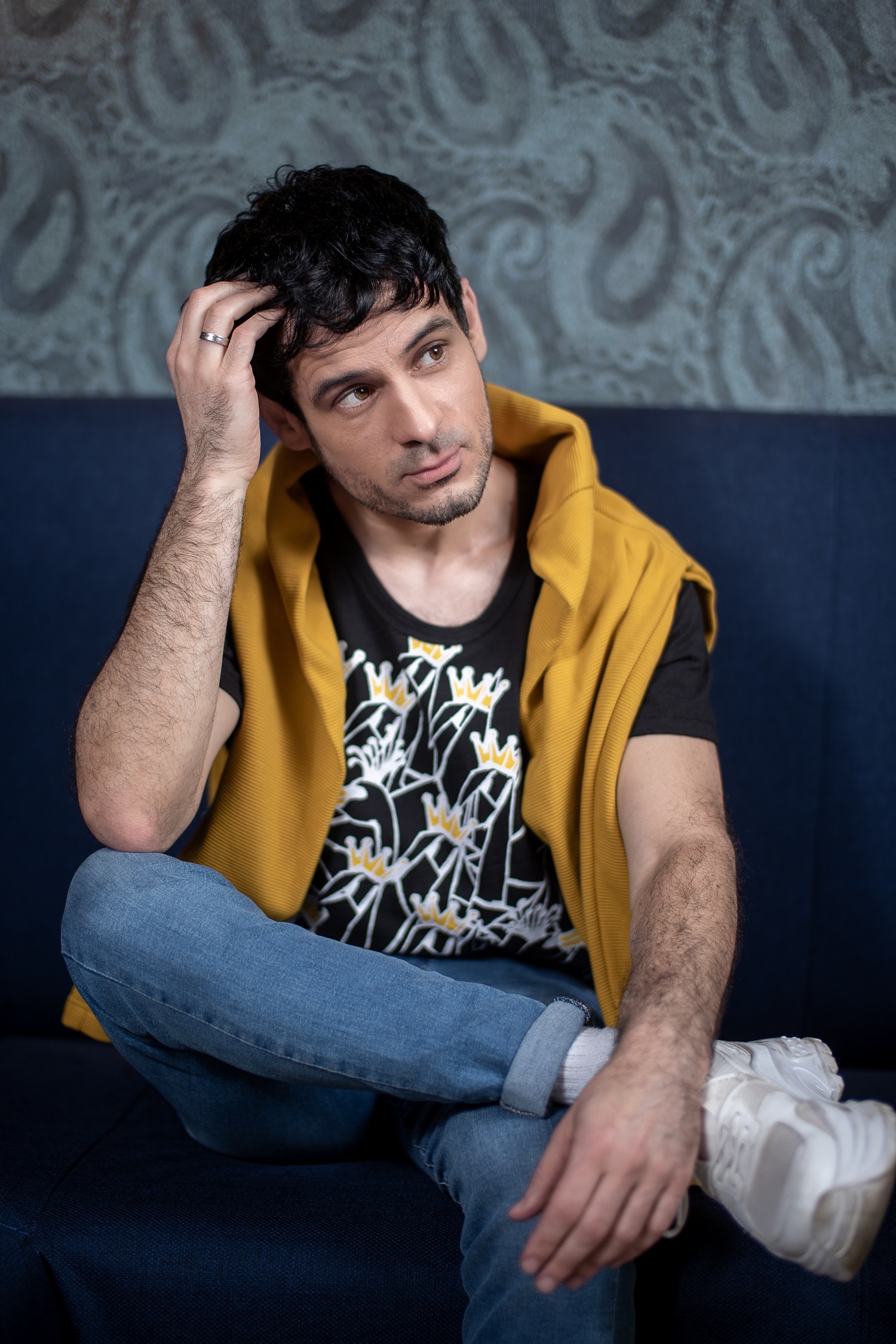
We talked a lot about the social impact of ‘Wonderland’, but the volume also got some not so favorable reviews from professional critics. A friend of mine with two children also told me it was a good book, but the quality of the stories is not consistent.
I fully understand that. Unfortunately, in a multi-author anthology, it is very difficult to settle on a uniform style. A variety of different voices came together including both experienced contemporary writers and absolute beginners. While editing, we tried to create a kind of unity between the texts, to bring them closer together stylistically; there were tales that were re-written multiple times. Then came a point where I started thinking about the fairness of this process – while we were finally giving a chance to those who have not been able to speak up so far to articulate their experiences, I should not have felt entitled to tell them how to express their identities solely based on literary criteria. Plus, I’m only considered a minority because I’m gay, but otherwise I’m a white cis man. I felt like I must be an elitist bastard in their eyes.
One main aspect remained: the tales that we were going to include in the book should not amplify stereotypes, and representation in them should be as unproblematic as possible. We have allowed the authors’ unique style to prevail, so there are places where the text is charmingly simple and there are others where it is emotionally very intricate.
With the publication of such books in Hungary, do you think there is a development in the book market? Or is this going parallel to the entire international book market? Or has it all started a long time ago abroad?
In countries that are more liberal than Hungary, they can, of course, show a wider range, as the topic of LGBTQ+ people and social diversity is more saleable. Similar books have already been published in Hungary, but primarily in book series that deal with taboos, usually with dramatic, dark covers or a rainbow design, and an 18+ content rating and a warning, “Caution! Shocking Content”. However, most of the time they were typical stories about young people’s lives today, not serial killers. Book publishers are cautious, firstly, because it is not their duty to save the world, and secondly, they have to be especially careful with how they position themselves, otherwise consumer protection complaints will come. Unfortunately, as long as society doesn’t change, neither will the book market. I can’t say for sure whether ‘Wonderland’ was an exception or not, but I think even if we didn’t knock down walls with it, cracks have already formed and that’s encouraging.
Besides LGBTQ+ topics, Roma characters were equally important in the book. This is also a missing theme in Hungary, both in fairy tales and novels.
Yes, that is very true. Meanwhile, 8-10 percent of the Hungarian population is Roma. Unfortunately, if we were to conduct a poll on the streets about famous Roma people in Hungary today, people would mention the usual public figures – mostly celebs – who embody the stereotypes they like and/or despise within the bounds considered comfortable by the majority society, so they are stupid, extravagant and loud, usually have an amazing talent for music, or perhaps they are heroes who have successfully fought their way out of miserable circumstances. It is frightening how distorted the image of Roma people is in the minds of the majority society, and this is unfortunately reflected in Hungarian children’s literature as well.
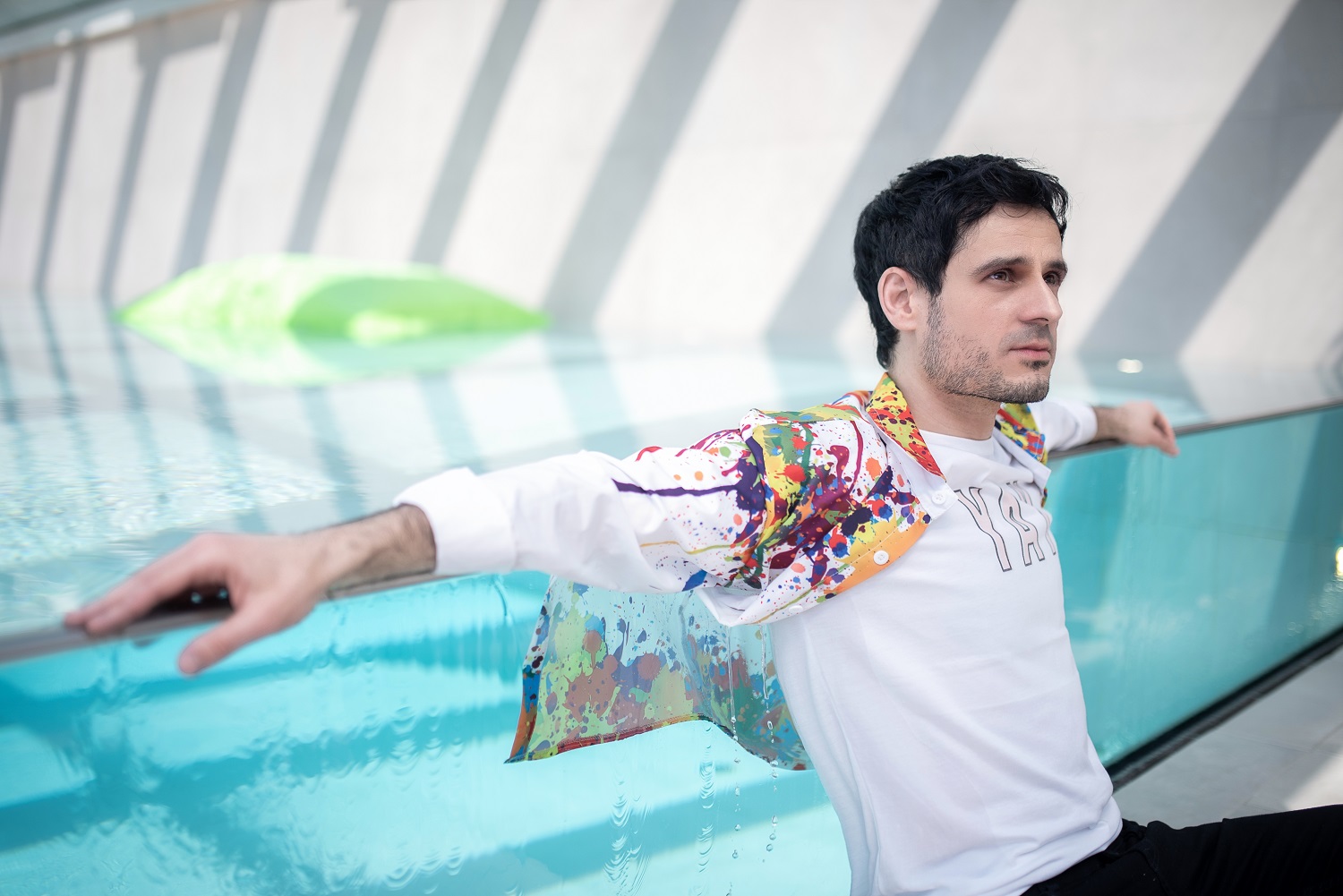
You too have come out publicly about your semi-Roma descent. Is there such a thing in Hungary today, coming out as a Roma person?
Yes. Those whose skin color and other racial traits do not clearly indicate their Roma origin must come out if they want this part of their identity to be public. Some people already knew this about me, but I didn’t talk about it in front of a larger public (like in my workplaces). My father was a Roma man, and my paternal grandmother was especially close to me. As an adult I became aware of how many threads of my life are tied to her, how much of her lives on in me. When ‘Wonderland’ came to the forefront of attention, I felt it was time to talk about my family origins in the interviews as well, because representation in this field is just as important as in the area of gender identity and sexual orientation. The wider range of Roma identities are presented to society, the better we can move away from stereotypical ideas and the easier we can live together.
We know that Hungarian society and the Hungarian book market needs to change in many aspects. But we did mention some good developments. How do you see the future?
Some publishers have approached me and others are working on books on similar topics. At a publishing meeting five years ago, if anyone had raised the issue of having an LGBTQ+ themed children’s book, the answer would have been that society is not ready for that and it will certainly be a failure. There were always excuses. By now, at least, it has been proven that there can be exceptions. It can be said that the book became popular only because of the shredding action and political repercussions, but then what is the explanation for the more than hundred thank you letters, the supporting statements of a number of institutions and public figures, and the interest of foreign publishers? The real success of the book for me is that, besides several marginalized groups becoming more visible through the tales, much of the majority society has responded with a warm welcome.
What can members of the LGBTQ community do?
I don’t feel like an authority in this. I can only talk about my own experiences – some practices work, others don’t. Many people claim to be tolerant, but I don’t feel like I want to fight to be accepted by others. Tolerance always presupposes a hierarchical relationship in which one accepts someone below them. Who wants to live as a tolerated person? The real power, I think, lies in representation: we don’t have to live up to the expectations we see as a tool of tolerance, rather we have to show the thousand facets of our community to make it clear that any idea about a minority group is a rigid construction that can be broken down and rebuilt. I consider solidarity to be far more important than tolerance: there are so many of us in the same boat, women, Roma people, disabled people, Muslims – I could go on forever. If we listen to each other, the road ahead of us will already be a bit wider. If we fight together for our rights and provide space for ourselves to make as many people as possible visible, we can slowly become a majority.
Ádám András Kanicsár
Instagram: @kanicsar
Photos: István Bielik
Stylist/MUA: Éva Paksi
Clothes: Szputnyik, Printa és Prezent
Special thanks to Cortile Budapest Hotel for the venue.





